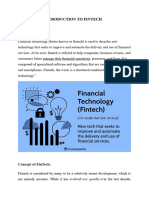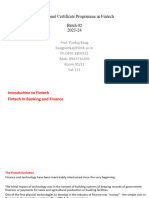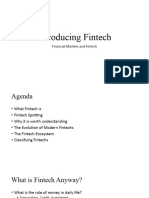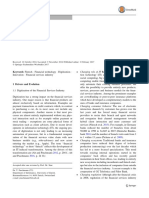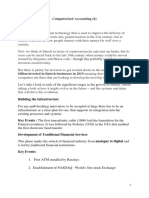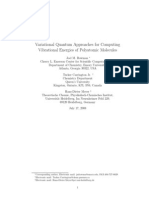0% found this document useful (0 votes)
51 views18 pagesTopic 1 FinTech Introduction
The document provides an overview of the evolution of FinTech over the last 150 years, categorizing it into three main eras: FinTech 1.0 (1866-1967), FinTech 2.0 (1967-2008), and FinTech 3.0 (2008-present). It highlights the global landscape of FinTech, including investment trends, adoption rates, and key technologies driving innovation in financial services. The document also discusses the disruptive nature of FinTech, emphasizing the shift in consumer relationships with financial service providers and the challenges faced by traditional financial institutions.
Uploaded by
Ammar AmirCopyright
© © All Rights Reserved
We take content rights seriously. If you suspect this is your content, claim it here.
Available Formats
Download as PDF, TXT or read online on Scribd
0% found this document useful (0 votes)
51 views18 pagesTopic 1 FinTech Introduction
The document provides an overview of the evolution of FinTech over the last 150 years, categorizing it into three main eras: FinTech 1.0 (1866-1967), FinTech 2.0 (1967-2008), and FinTech 3.0 (2008-present). It highlights the global landscape of FinTech, including investment trends, adoption rates, and key technologies driving innovation in financial services. The document also discusses the disruptive nature of FinTech, emphasizing the shift in consumer relationships with financial service providers and the challenges faced by traditional financial institutions.
Uploaded by
Ammar AmirCopyright
© © All Rights Reserved
We take content rights seriously. If you suspect this is your content, claim it here.
Available Formats
Download as PDF, TXT or read online on Scribd
/ 18



